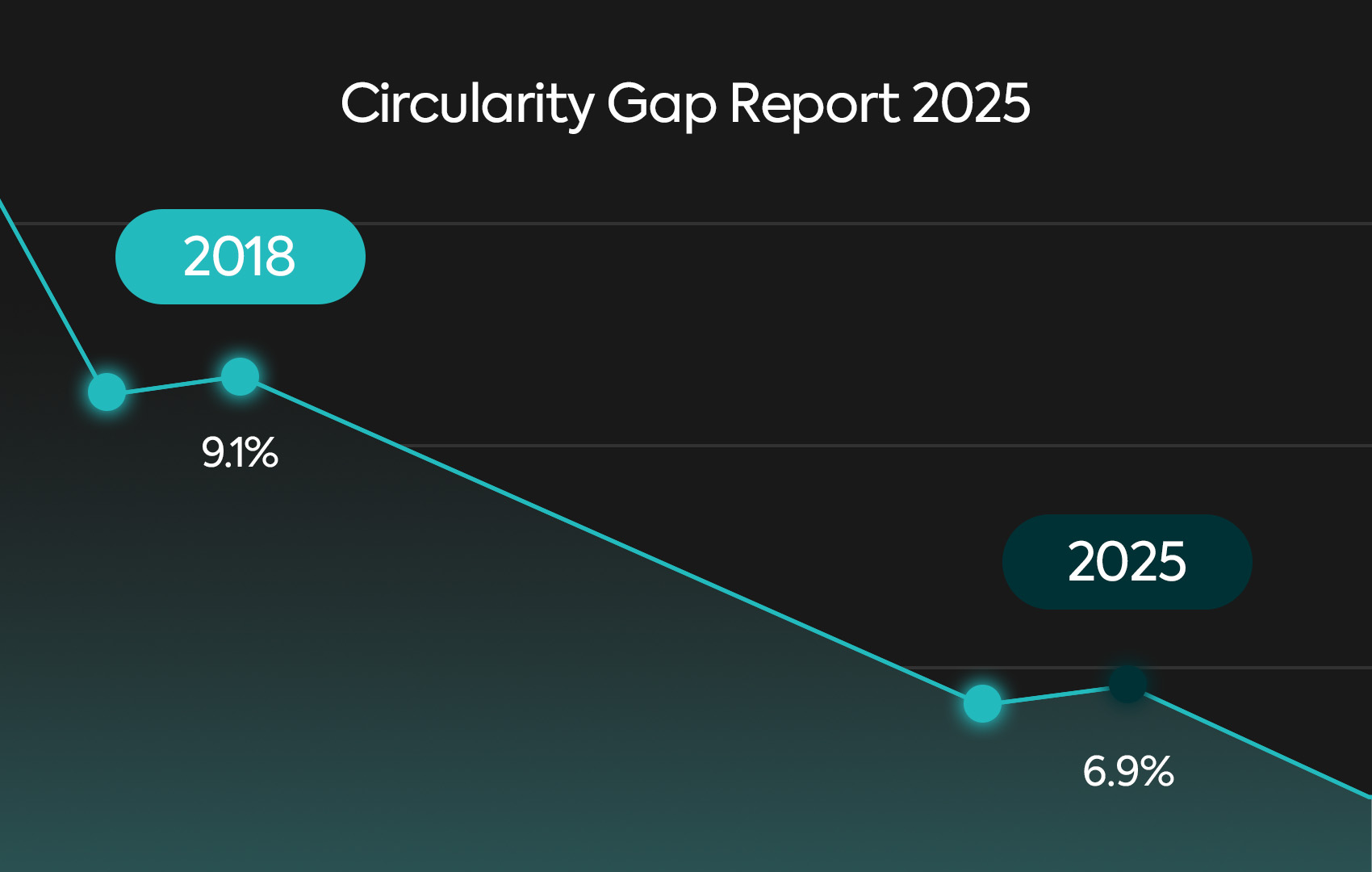Introduction
In today's global economy, uncertainty has become the new normal. Supply chains face unexpected shocks, resource prices fluctuate, and environmental regulations tighten every year. Businesses that once relied on predictable systems are now realizing that traditional risk management alone isn’t enough.
Enter circularity, a strategy that doesn’t just mitigate risk but transforms it into opportunity. Beyond sustainability or CSR, circular thinking is fast becoming a core business advantage for companies seeking stability, efficiency, and long-term competitiveness.
The Hidden Risks of Linear Systems
The linear economy, take, make, dispose, has long been the default model for growth. But it also creates deep vulnerabilities. When production depends on continuous extraction of finite materials, companies are exposed to supply shortages, volatile pricing, and regulatory pressure.
Every wasted resource or by-product is more than an environmental issue, it’s lost value. Businesses that fail to close their loops often find themselves spending more on raw inputs, disposal, and compliance, all while missing out on potential secondary markets.
In short, inefficiency becomes a liability.
Circularity as a Shield
Circular business models take a different approach: they design for longevity, reuse, and regeneration. By keeping materials and resources in motion, companies reduce dependency on unpredictable supply chains and build operational resilience.
Circularity acts as a risk buffer, insulating businesses from shocks while uncovering new value streams. For example:
This is risk management at its smartest: not reactive, but designed into the system itself.
From Compliance to Competitiveness
Adopting circular practices also helps companies stay ahead of evolving regulations and stakeholder expectations. As ESG frameworks become standard and carbon reporting grows stricter, circular operations position businesses as proactive, not pressured.
What began as a sustainability goal is now a competitive differentiator, one that lowers costs, protects brand reputation, and signals long-term responsibility to investors and customers alike.
How The Surpluss Helps
At The Surpluss, we help businesses translate circularity into practical action. Our platform connects companies with unused or surplus materials, enabling them to reduce waste, generate new revenue streams, and build stronger supply networks.
Through data-driven matching and collaboration, The Surpluss transforms surplus into shared opportunity, reducing risk exposure while creating measurable environmental and economic impact.
Because circularity isn’t just about doing less harm; it’s about creating smarter systems that endure change.



